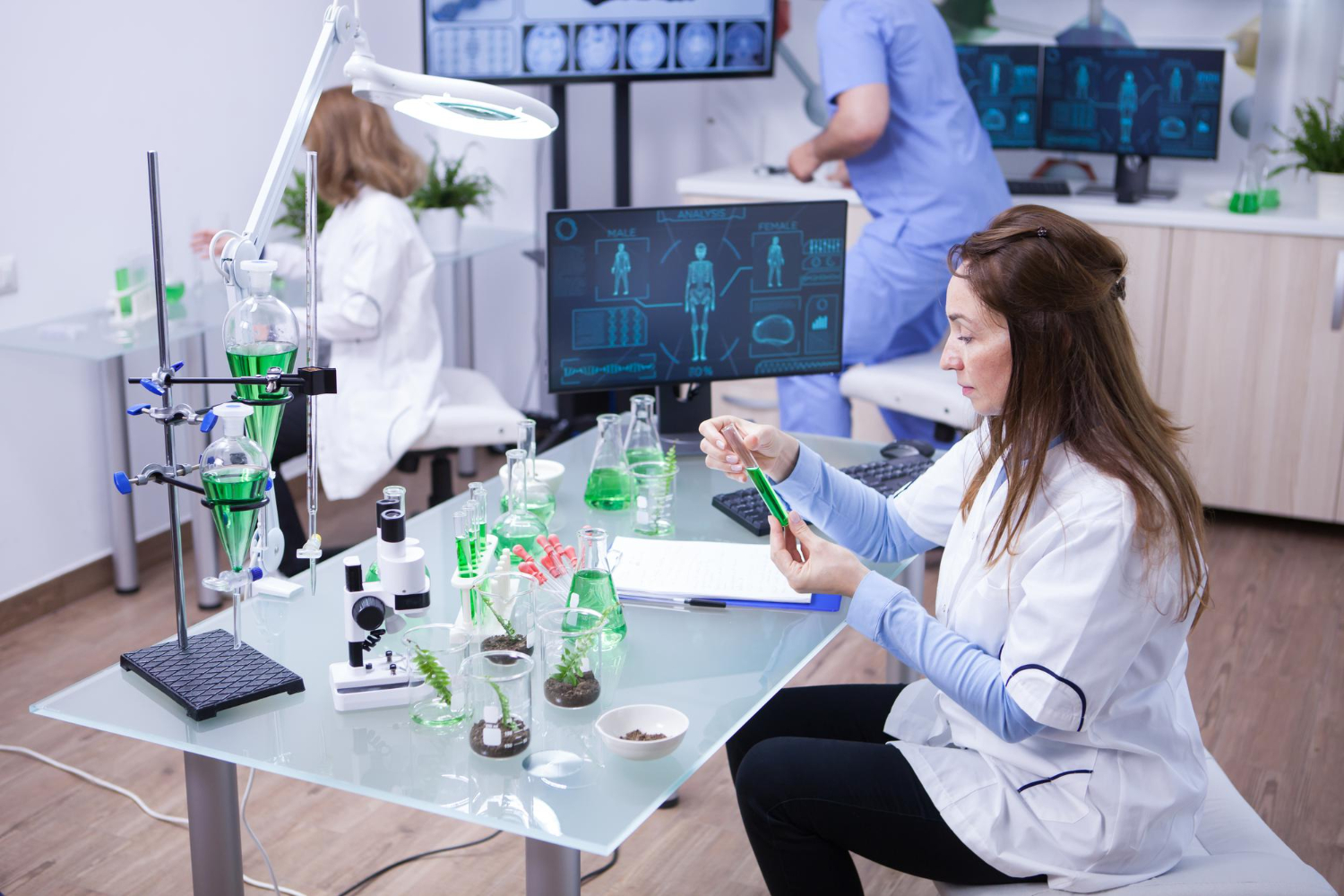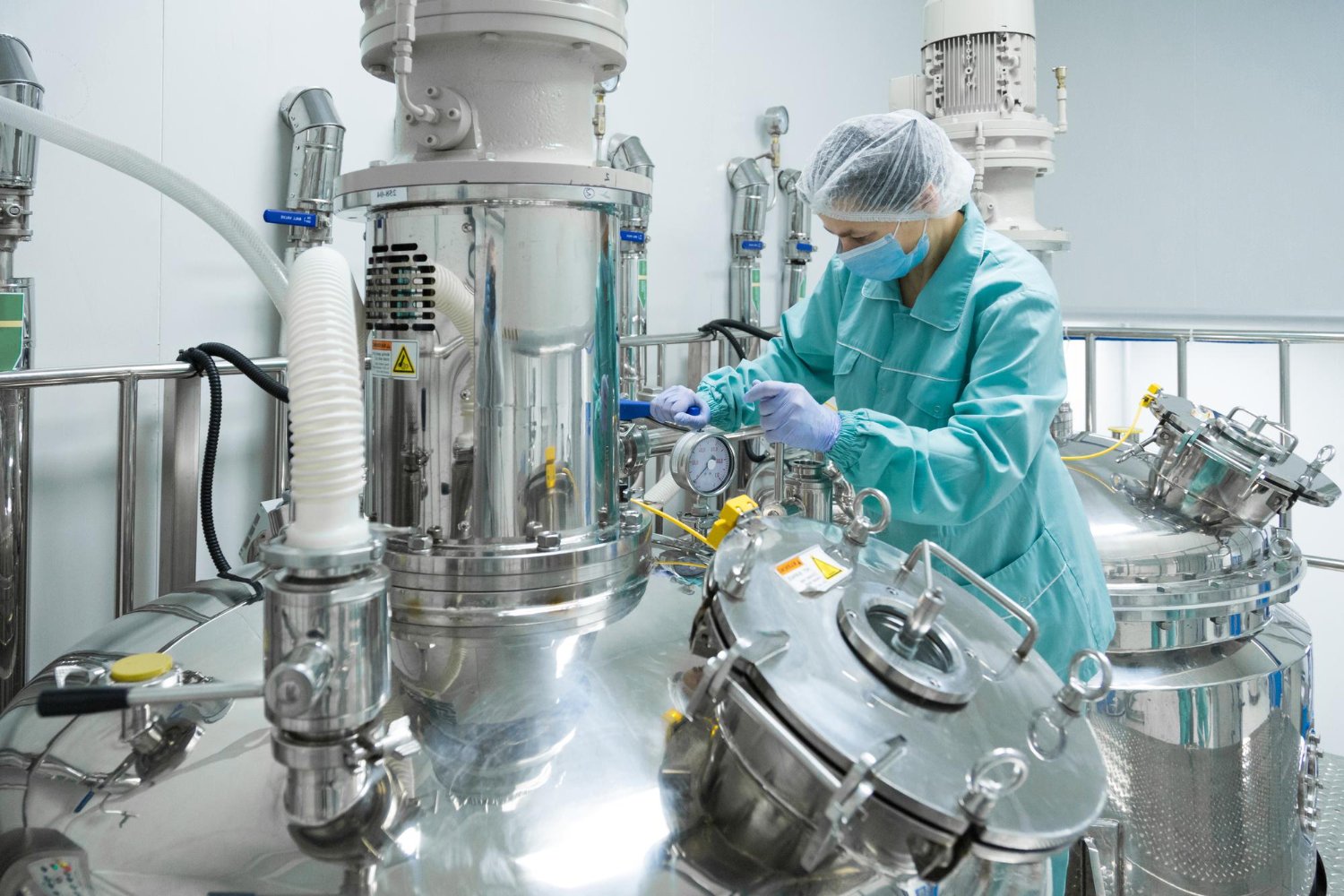Generative AI in the Pharmaceutical Industry
Generative AI is changing how pharmaceutical companies approach research and development. It uses learned models to create realistic outputs, from molecular structures to text-based reports. These systems rely on machine learning models and natural language processing to produce generated content that supports drug discovery and operational efficiency.
The pharmaceutical industry faces growing pressure to deliver treatments faster and at lower cost. Generative AI offers practical solutions by automating complex tasks and improving accuracy. With advanced algorithms and compute power, companies can process vast training data and generate insights in real time.
What Is Generative AI?
Generative AI refers to systems that create new content based on patterns learned from existing data. These models can produce text, images, and even molecular designs. Generative adversarial networks (GANs) and large language models (LLMs) are common examples. GANs generate realistic visuals, while LLMs handle text-based content creation.
Unlike traditional AI, which focuses on classification or prediction, generative AI builds new outputs. It uses training data to learn relationships and then applies this knowledge to create realistic results. This capability supports a wide range of applications in the pharmaceutical industry, from image generation for cell imaging to automated reporting.
How Generative AI Models Work
Generative AI models rely on deep learning techniques. They process large datasets and identify patterns. GANs use two components: a generator and a discriminator. The generator creates new content, and the discriminator evaluates its quality. This iterative process improves accuracy over time.
LLMs work differently. They use natural language processing to understand text and produce coherent responses. These models can summarise research papers, draft reports, and assist in regulatory documentation. Combined with machine learning models, they enable pharmaceutical companies to automate tasks that once required significant manual effort.
Compute power is essential for these operations. Training generative AI models requires high-performance hardware and efficient algorithms. As technology advances, these systems become faster and more accessible, making them practical for large-scale research and development.
Read more: Mimicking Human Vision: Rethinking Computer Vision Systems
Applications in Drug Discovery
Drug discovery is one of the most promising areas for generative AI. Pharmaceutical companies use these models to design new molecules with desired properties. GANs generate realistic molecular structures, while LLMs analyse scientific literature to identify potential targets.
Generative AI accelerates research by reducing trial-and-error cycles. Instead of testing thousands of compounds manually, companies can simulate interactions digitally. This approach saves time and resources while improving success rates. Realistic simulations also support predictive analytics, helping researchers anticipate outcomes before clinical trials.
Training data plays a critical role. Models learn from existing compounds, biological pathways, and clinical results. As datasets grow, predictions become more accurate. This adaptability makes generative AI a valuable tool for modern biotechnology and pharmaceutical innovation.
Content Creation and Operational Efficiency
Generative AI is not limited to molecular design. It also supports content creation across the pharmaceutical industry. LLMs produce text-based reports, summarise research findings, and draft regulatory submissions. These tasks require precision and consistency, which AI agents deliver reliably.
Image generation is another area of impact. GANs create realistic visuals for presentations, training materials, and marketing campaigns. Pharmaceutical companies benefit from faster production and reduced costs. Generated content meets high standards without extensive manual input.
Automation improves operational efficiency. AI agents handle repetitive tasks, freeing staff to focus on strategic decisions. This shift reduces workload and enhances productivity across research and development teams.
Read more: Visual analytic intelligence of neural networks
Intellectual Property and Ethical Considerations
Generative AI introduces new challenges for intellectual property. When models create realistic outputs based on training data, questions arise about ownership and originality. Pharmaceutical companies must establish clear policies to protect innovations and comply with regulations.
Ethical considerations extend to data usage. Training data often includes sensitive information. Companies must ensure compliance with privacy standards and maintain transparency in AI-driven processes. Collaboration with regulatory bodies such as the Food and Drug Administration and the National Institutes of Health helps align practices with industry requirements.
Historical Context and Future Outlook
Generative AI builds on decades of progress in computing. The 20th century saw the rise of machine learning, which laid the foundation for modern models. Today, advances in compute power and algorithm design enable systems to process massive datasets and produce high-quality outputs.
The future looks promising. Generative AI will support personalised medicine, predictive analytics, and automated workflows. Integration with robotics and edge computing will create seamless pipelines for drug development. Pharmaceutical companies that adopt these technologies early will gain a competitive advantage.
Generative AI and Molecular Design
Generative AI models are changing how molecules are designed. Pharmaceutical companies use GANs to create realistic molecular structures that meet specific criteria. These models learn from training data that includes thousands of compounds and biological interactions. Once trained, they generate new candidates that fit desired properties such as solubility, stability, and binding affinity.
This process reduces reliance on trial-and-error methods. Instead of testing random compounds, researchers start with AI-generated options that have a higher chance of success. Large language models complement this by analysing scientific literature and summarising findings. They identify potential targets and suggest pathways for further research. Together, these tools accelerate drug discovery and improve efficiency.
Compute power is critical for these operations. Training GANs and LLMs requires high-performance hardware and optimised algorithms. As technology advances, these models become faster and more accurate, making them practical for large-scale research and development.
Read more: Visual Computing in Life Sciences: Real-Time Insights
Image Generation for Research and Communication
Image generation plays a key role in pharmaceutical workflows. GANs create realistic visuals for cell imaging, molecular simulations, and educational materials. These images help researchers understand complex interactions and communicate findings clearly. Pharmaceutical companies also use generated content for presentations, training, and marketing.
Creating realistic images saves time compared to traditional methods. Instead of relying on manual illustration or expensive photography, AI agents produce visuals instantly. This capability supports a wide range of applications, from internal reports to public-facing campaigns. It also ensures consistency and quality across all materials.
Text-Based Content Creation and Automation
LLMs excel at text-based content creation. They draft reports, summarise research papers, and prepare regulatory documentation. These tasks require precision and clarity, which AI agents deliver reliably. Automated content creation reduces workload for staff and speeds up communication.
Pharmaceutical companies benefit from this automation in multiple ways. Research teams receive concise summaries of complex studies. Regulatory departments gain accurate documentation for compliance. Marketing teams produce clear and consistent messaging without delays. This efficiency improves productivity across the organisation.
Training Data and Model Accuracy
Training data determines the quality of generative AI outputs. Models learn patterns from existing datasets, which include chemical structures, biological pathways, and clinical results. The more diverse and accurate the data, the better the predictions. Pharmaceutical companies invest in data curation to ensure reliability.
As models process more data, they improve over time. Learned models adapt to new information and refine their outputs. This continuous improvement makes generative AI a powerful tool for research and development. It also supports innovation by enabling systems to generate novel ideas based on historical knowledge.
Intellectual Property and Regulatory Compliance
Generative AI introduces new challenges for intellectual property. When models create realistic outputs based on training data, ownership becomes complex. Pharmaceutical companies must establish clear policies to protect innovations and comply with regulations. Collaboration with legal teams ensures that generated content meets industry standards.
Regulatory compliance is equally important. Agencies such as the Food and Drug Administration and the National Institutes of Health require transparency in AI-driven processes. Companies must document how generative AI models influence decisions and maintain audit trails for every prediction. This accountability builds trust and speeds approval.
Read more: AI-Driven Aseptic Operations: Eliminating Contamination
Historical Perspective and Industry Impact
Generative AI builds on decades of progress in computing. The 20th century saw the rise of machine learning, which laid the foundation for modern models. Today, advances in compute power and algorithm design enable systems to process massive datasets and produce high-quality outputs.
The impact on the pharmaceutical industry is significant. Generative AI supports faster drug discovery, improves operational efficiency, and enhances communication. Companies that adopt these technologies early gain a competitive advantage. They deliver treatments sooner, reduce costs, and maintain compliance with global standards.
Future Trends and Opportunities
The future of generative AI in pharma looks promising. Models will become more sophisticated, producing even more accurate predictions and realistic outputs. Integration with robotics will enable automated synthesis and testing. AI agents will manage workflows from design to documentation, creating seamless pipelines for drug development.
Personalised medicine will benefit from these advances. Generative AI will design treatments tailored to individual genetic profiles. Real-time analysis will guide dosing and monitor responses, improving outcomes and reducing side effects. These trends point to a future where pharmaceutical companies operate with unprecedented speed and precision.
Challenges in Implementation
Despite its potential, implementing generative AI is not simple. Models require large volumes of training data and significant compute power. Integration with existing systems can be complex. Staff may need training to use AI tools effectively.
Solutions include phased adoption and collaboration with technology providers. Starting with pilot projects allows companies to test capabilities without disrupting operations. Investing in infrastructure and talent ensures long-term success. Partnerships with academic institutions and AI vendors accelerate innovation and reduce risk.
Read more: Scalable Image Analysis for Biotech and Pharma
TechnoLynx: Your Partner for Generative AI Solutions
TechnoLynx helps pharmaceutical companies adopt generative AI with confidence. We design workflows that combine GANs, LLMs, and machine learning models. Our solutions support drug discovery, content creation, and operational efficiency.
We provide state-of-the-art hardware and software tailored to your needs. Our team integrates generative AI tools into existing systems and offers ongoing support. With TechnoLynx, you gain a partner committed to improving speed, accuracy, and innovation in research and development.
Contact us to start collaborating now!
Image credits: Freepik













